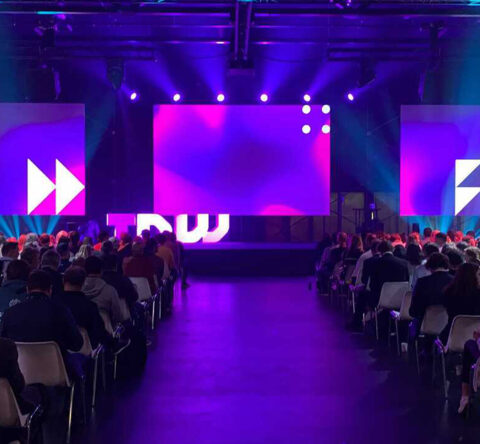Behind a search query, there is bound to be SEO search intent. In other words, it is what a user of a search engine like Google is seeking. Below is a comprehensive guide providing insights about search intent in SEO and how you optimize your content to align with it.

Why is search intent in SEO important?
Google prioritizes significance in search engine results. So your material must be pertinent to the search query if you want to rank in Google. It entails first and foremost producing content that is compatible with the various types of search intent. For instance, if you are looking for the best SUV. you will come across results of SUV rankings or reviews and not any particular car product pages.
This is because Google understands that users of its search engine want to study first before perhaps purchasing.. Search intent in SEO optimization can bring in great results. Most of the companies who have implemented it have reported a substantial increase in traffic after a few tweaks to their landing pages. Mostly the landing page was not ranking well as it lacked free tool functionality. To align it with the searcher’s expectations for the backlink checker tool it was added to the tool.
How to locate and optimize for search intent
SEO groups classify keywords into the following types of intent buckets
- Informational- searchers are looking for information
- Transactional –searchers are looking to make a purchase.
- Navigational – Users are trying to find a particular website.
Such types of search intent may turn out to be ambiguous and useful. Without knowing the answers to a few simple questions, it is impossible to cater to search intent. If you do not cater to search intent the chances of ranking are next to slim. For this reason, it is better that you come up with a new way to classify intent.
Below are the steps
Align the content with the three Cs of search intent
For starters, we need to align the three types of search intent for targeted keywords and ensure that the content is aligned with that. The three Cs are depicted below
Content type
This refers to the dominant type of content, by taking a look at the top search results. We can tell from the tiles that a blog post is the most common sort of content.
This means that the researchers do not expect to see the pages, and why explain their product is the best, Before they make a purchase, they want the advice of someone who has evaluated the various possibilities on the market.
Content Format
This applies to the dominant format of the top-ranking pages. Normally the content format is applicable to blog posts. A few of the common formats include
- How to guides
- List posts
- Step-by-step tutorials
- Reviews
- Comparisons
- Opinion pieces
This means that the researchers are looking for a series of recommendations and it is not a single recommendation or a single product review.
Content angle
The content angle refers to the unique selling point, of the top-ranking posts and pages. It provides insights into what researchers value when undertaking this particular search. This means that the researchers want up-to-date recommendations. It also makes sense as new products are constantly released into the market.
Locate sub-topics to cover in your content
To satisfy search intent in SEO there is a need to cover the topic in full. It is better to include sub-topics and researchers may find it is a great way to do that. There are a couple of ways to find sub-topics
Visit the top-ranking pages
Commonalities among top-ranking pages can give you clues on what searches expect to see for any given topic. An example is by visiting top-ranking blog posts of a particular product we may recommend the best products in their respective categories.
The presence of various product categories is a definite hint that people tend to have different needs when it comes to such types of products. Hence it is better to include similar product categories as part of the intent.
At the page level undertaking a content gap analysis
A content gap analysis is an automated easy way to find common sub-topics and key points. It functions by providing a list of popular keyword rankings for the examined pages.. We are likely to come across a list of common keywords that may make great sub-headings or topics for our page. A few of the things that you would want to include are
- Best budget option
- Best option that is based on capacity
Summing up things. SEO search intent is one of the crucial ranking components. Failure to comply with what researchers want as your chances of ranking turn out to be slim to none. So it is better to focus on the types of search intent. If you are looking to rank on a long-term basis your mission to the researchers would be to give what they want. Google is definitely going to reward you for this.
For more such blogs, Connect with GTECH.
Related Post
Publications, Insights & News from GTECH








